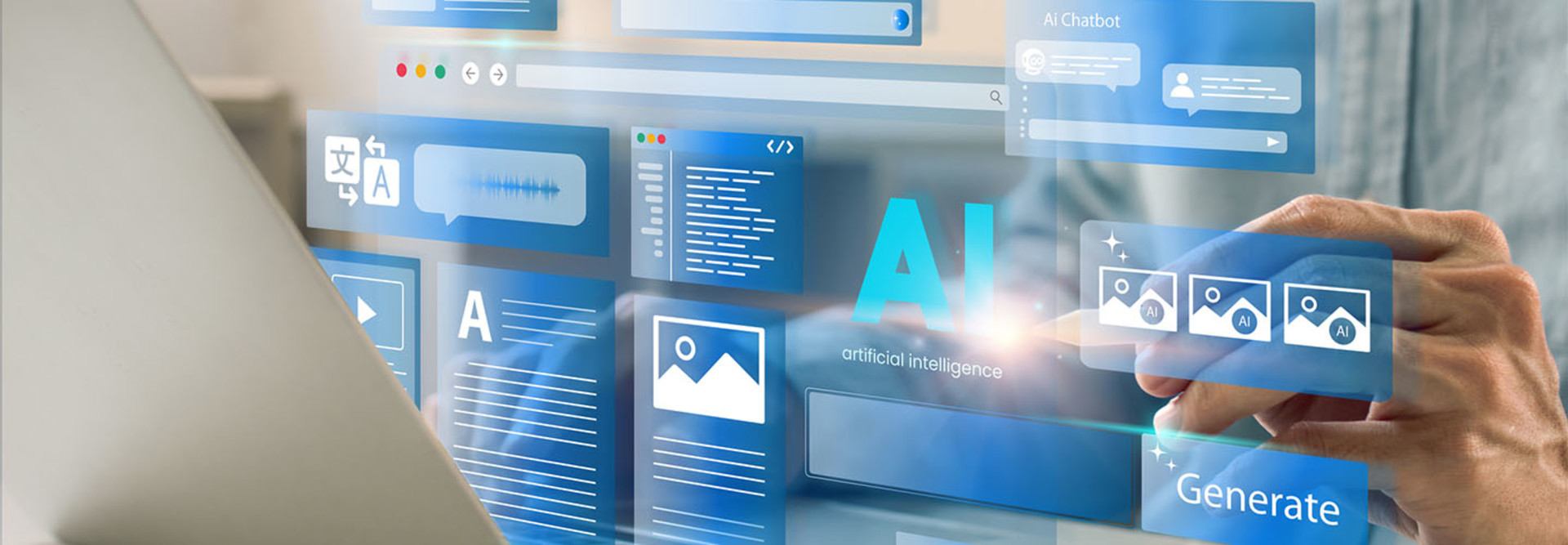AI Will Disproportionately Impact Specific Jobs
Local government IT leaders must understand that AI is heralding a massive displacement in roles and responsibilities for many occupations. It’s going to impact local governmental considerably.
So, what do we do when faced with displacement by AI and automation? Consider what happened to the Blockbuster video rental chain: They weren’t paying attention to big technological shifts, and they were preoccupied with business as usual. Similarly, local governments might be trapped in bureaucracy and wrapped in a feedback loop.
Goldman Sachs projects about one-fourth of current work tasks could be automated by AI in the United States and Europe. Government is not known for its agility, but there is time and opportunity to energize government with a bold mission plan.
Here is a sampling of jobs soon to be disrupted by AI, according to Goldman Sachs:
- Office and administrative support, 46%
- Business and financial operations, 35%
- Management, 32%
- Computer and mathematics work, 29%
- Educational instruction and library roles, 27%
These jobs constitute much of what government does: administrative support functions such as managing forms, processing paperwork and administering related processes.
READ MORE: Local governments can improve customer service with AI.
Multiagent AI Heralds Sweeping Change to Work Tasks
Why is planning for AI disruption so important at this moment? It has to do with the velocity of change, which is accelerating faster than ever in 2024.
There’s been a thousandfold increase in AI computer power in the past year alone. As goes compute, so goes the AI model in terms of change and advancement. Change relies on that compute foundation. The rate of change is doubling every 1.8 months, says noted futurist and computer science expert Ray Kurzweil.
We cannot move fast enough in government — or any business, for that matter — to respond to this.
We have moved from single-prompt AI in 2023 to operating AI special agents with specific skills in the first quarter of 2024. We can now use ChatGPT or open-source AI models to go to the internet and grab data and skills.
We’re entering a state of multiagent AI, and that’s where job disruption really comes in. We have multiple AI agents, each defined with its own role. In this model, which we are using today, these agents work together and collaborate as sort of an artificial set of people to solve a problem.
For single-prompt AI, the success rate for a zero-shot task increased from 48 percent with ChatGPT 3.5 to 67 percent with ChatGPT 4. But with multiple-agent AI, the success rate of ChatGPT 3.5 alone jumps to about a 95 percent for the same task.
That multiagent workflow achieves better output and better results. This is disruptive to workforce and to jobs — more so than simply using AI out of the box in the way we do today. This is profound.
LEARN MORE: Cities can use AI to augment public services.
Local CIOs Must Make the AI Case to Employees and Citizens
We will see jobs in the government and in the community being disrupted. There are a lot of people that are for innovation and a lot of people who are against innovation — both internally within government institutions and externally among citizens.
We can work with governments and help them craft a message that will persuade people to embrace innovation by doing practical, pragmatic AI interactions. We can run scenario-planning with government officials through our MOAT framework. We can focus on positive results, such as how AI can create jobs, improve education and make life better.
According to the 2024 Edelman Trust Barometer, government is seen as far less competent and ethical than business. Government is rated 52 points less competent than business. It therefore might behoove government to go with a trusted partner, and I cannot think of any better partner than a solution integrator.
A solution integrator is the business to trust for competency and ethics. Why? Because people don’t trust AI companies either. So, they don’t trust AI companies, and they don’t trust government. As a solution integrator, we can say that we are here to strike a balance and rightsize the technology to protect people and their jobs.
The goal is for the local government and the community to own AI so that AI doesn’t own them.
This article is part of StateTech’s CITizen blog series.












